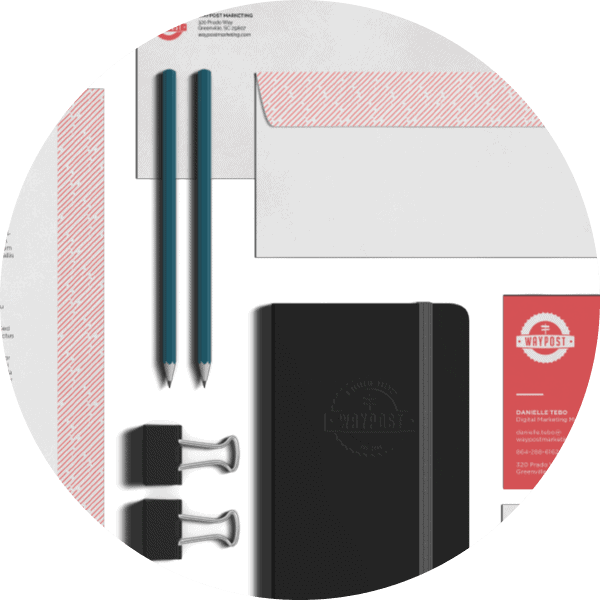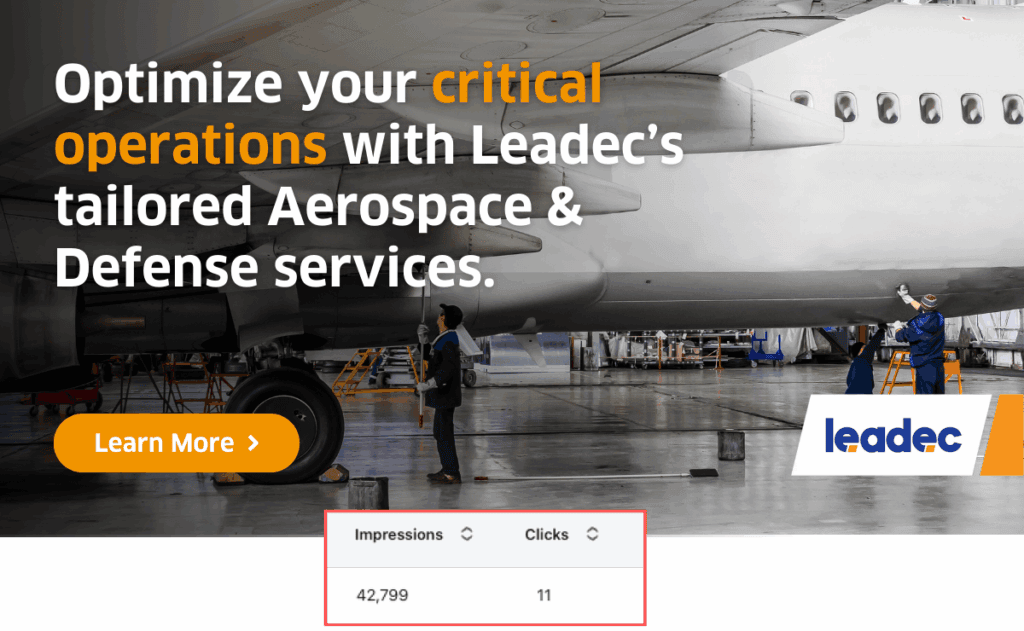
25 HubSpot Features You Don’t Want to Miss
May 5, 2025
Your CRM Isn’t Broken, Your Process Is
August 18, 2025“We’re running ads on LinkedIn, spending money on Google, but we’re not seeing results. Are we missing something?”
Meet Emily. She’s a marketing manager at a growing B2B company. Her team is investing in digital ads, but the performance doesn’t reflect the effort, and the return is far from satisfactory. Impressions are fine, but clicks are low, and conversions are nearly nonexistent. What gives?
I’ve heard this story before. That’s why I set out to test: what kind of ad design actually works? As a production designer working on ad campaigns every day, I wanted to understand why some ads seem to resonate immediately while others fall flat. Over the past few months, I ran dozens of A/B tests on creative ad elements like layout, messaging, image type, CTA wording, and contrast. I didn’t just want to know if ads worked, I wanted to know why they did.
Here’s what I learned.
Let’s Start with the Bottom Line: What Makes a Good Ad?
According to my testing, the best-performing ads are:
- Simple
- Focused
- Easy to understand
That’s it. No gimmicks. No distractions. No need to reinvent the wheel or try hard to sound sophisticated. Just clean design, clear messaging, and one goal.
Symptoms of Underperforming Ad Campaigns
These are some of the most common signs I’ve seen in underperforming ad campaigns:
- Your ads look good, but don’t seem to convert
- You’re spending more money without seeing more leads
- Your team is unsure which part of the ad is “working”
- You’re not consistently testing or analyzing performance
If any of this sounds familiar, you’re not alone. Many businesses invest in paid campaigns without fully understanding which variables matter most: layout, messaging, CTA, platform, or even the format. That’s where structured testing comes in, helping teams stop guessing and start improving.
What We Set Out to Learn
We ran A/B tests across both LinkedIn and Google remarketing campaigns, focusing on promoting B2B products and services. The testing included:
- Changing one variable at a time (image, copy, colors, or CTA)
- Testing product-driven vs. benefit-driven headlines
- Comparing visuals: people vs. products, light vs. dark backgrounds
- Reviewing differences between platform norms and results
From those tests, we discovered patterns—some expected, others surprising. For example, lighter color palettes with soft gradients often performed better than bolder, more dynamic visuals. In many cases, ads with less detail and fewer design elements outperformed those with more visual flair. It was a strong reminder that clarity almost always wins over complexity.
The Patterns We Found in High-Performing Ads
1. Simplicity = Clarity
The more cluttered the ad, the faster it was ignored. Clean layouts, short copy, and clear visuals consistently performed better. Avoid clutter. Whitespace is your friend.
2. One Core Message Per Ad
The best ads didn’t try to do too much. They focused on one idea, one audience need, and one clear call to action. Whether it’s highlighting a key benefit, addressing a pain point, or showcasing a specific product, the strongest ads zeroed in on what matters most.
3. Eye-Catching Visuals
Bright colors and high-contrast imagery helped ads stand out, especially on scroll-heavy platforms like LinkedIn and Google. But grabbing attention isn’t just about contrast. Stick to 2–3 complementary colors max to keep visuals clean and cohesive. Including consistent brand elements like your logo, color palette, and fonts reinforces recognition and trust, making the ad feel familiar and credible at a glance.
4. Value-Driven CTAs
CTAs like “Get a Quote” or “Talk to an Expert” outperformed passive ones like “Learn More.” The strongest ads made the desired action clear and benefit-driven, using active language that told the user exactly what to expect.
5. Mobile-First Design
Most users see ads on mobile. Designs that were readable, clean, and fast-loading performed far better than those optimized for desktop. For vertical ad layouts, which take up more mobile screen space, maintaining a clean design with minimal text proved even more crucial.
6. Copy that Connects
Headlines under 10 words, written in direct language, helped catch attention. Messaging that addressed a specific pain point or need always worked better than generic slogans. The most effective copy emphasized benefits over features, was short and straightforward, showing users how the product solves a problem or makes their life easier.
Real examples from my test
Top Performing LinkedIn Ad:
Lowest Performing LinkedIn Ad:
In one LinkedIn campaign, we tested four ad variations for a client who is a leading global service specialist for factories and related infrastructure, including industries like aerospace. The top-performing ad featured a value-driven CTA (“Get Started Today”), high-contrast branding, and a clear image of an employee actively working, all of which helped make the design more engaging and relatable.
In contrast, the lowest-performing ad used a more generic CTA (“Learn More”) and a background image with less visual focus—no clearly visible employees and more muted, monochromatic colors. The difference in performance came down to clarity, relevance, and visual impact.
LinkedIn vs. Google: Platform-Specific Best Practices
While many best practices hold across platforms, it’s important to understand the context of where your ad lives.
What Worked in LinkedIn Ads
- Ads leaned into a clean, professional aesthetic
- Value-focused headlines and service-specific CTA worked best
- Product-focused ads performed better than general branding
What Worked in Google Retargeting Ads
- Visually appealing ads with strong contrast drove attention
- Product visuals used as background images performed well, but the overlay text still needed to speak to the user’s pain points or offer a clear benefit
- Logos, clear text hierarchy, and branded colors helped recognition
- Remarketing ads with personalized CTAs performed better than generic ones
Each platform requires a slightly different approach, but both reward clear, visually engaging, audience-aware creative.
What this Means for Your Marketing
If your ads are not converting, the issue may be with the creative.
Ask yourself:
- Is my message clear within 3 seconds?
- Does the design stop someone from scrolling?
- Does my CTA match the audience’s intent or funnel stage?
- Am I testing regularly and learning from the results?
The truth is, good creative doesn’t have to be complex. Simple usually wins.
Let Data Guide the Creative
Ad performance shouldn’t be a mystery. With the right approach, you can create ads that both look good and get results. That means starting with the right ad strategy, using data to shape design, and being intentional about what you say and how you say it.
At Waypost, we bring more than just creativity; we bring proven expertise as a Google Ad Partner since 2008. That means we stay ahead of platform changes, continuously monitor your campaigns, and optimize every dollar of your ad budget to drive real results. Whether you need stronger ad performance, help with testing, or a team that combines strategic insight with data-backed execution, we’re here to make your ads work smarter.
Ready to Improve Your Ads?
We’d love to help you refine your digital ad strategy with tested insights, clean creative, and clear results. Contact us today to get started, or ask us about what your next A/B test should look like.










